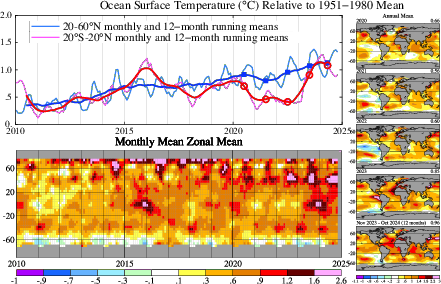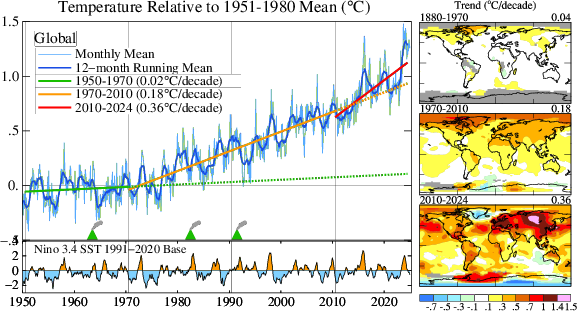
Makiko Sato
@makikosato6
Ph.D. (Physics) Yeshiva University 1978. Planetary Science. Climate Change model and data analyses. Now retired.
ID: 1073340013167960064
http://www.columbia.edu/~mhs119 13-12-2018 22:12:55
282 Tweet
2,2K Followers
557 Following















